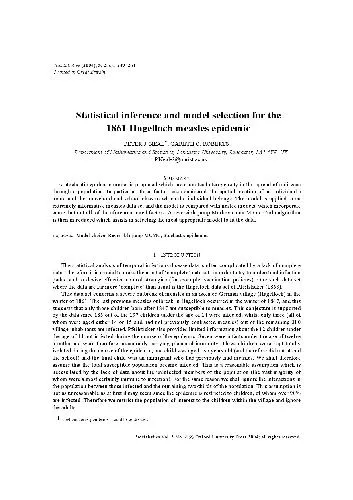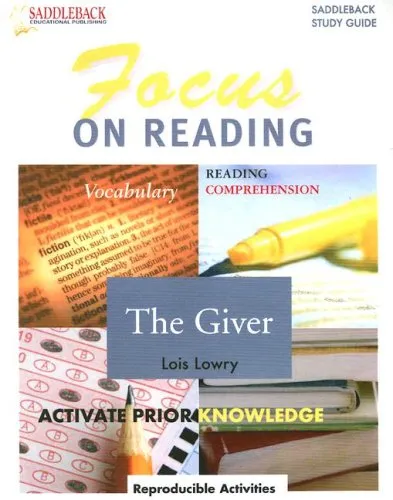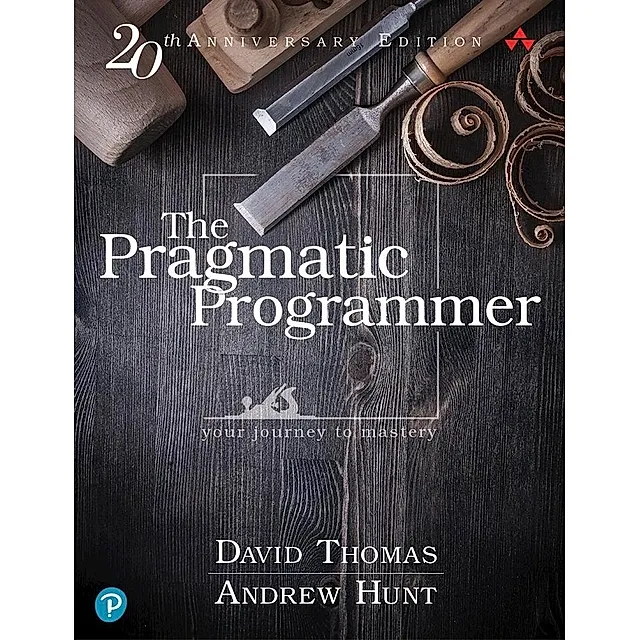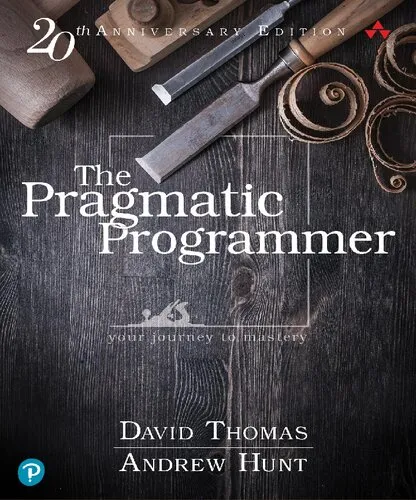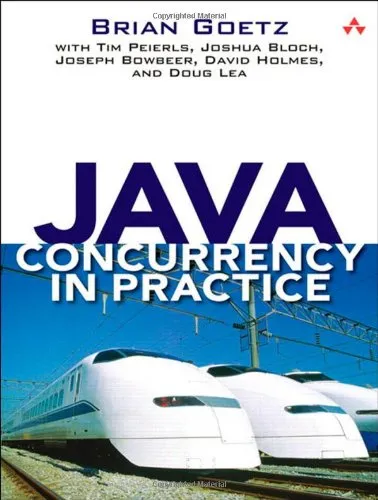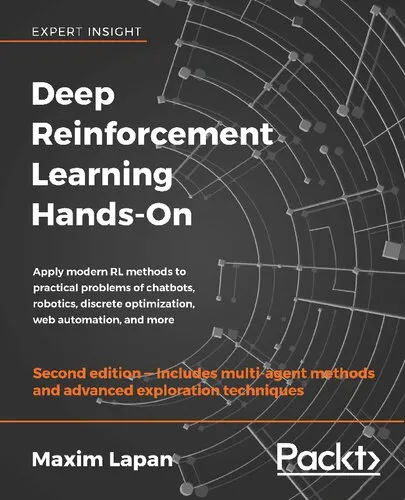Statistical inference and model selection for the 1861 Hagelloch measles epidemic
4.3
Reviews from our users

You Can Ask your questions from this book's AI after Login
Each download or ask from book AI costs 2 points. To earn more free points, please visit the Points Guide Page and complete some valuable actions.Related Refrences:
The 1861 Hagelloch measles epidemic stands as a significant historical event, bridging the realms of epidemiology, statistical modeling, and public health. In 'Statistical Inference and Model Selection for the 1861 Hagelloch Measles Epidemic,' we embark on a journey that not only examines the profound impacts of this epidemic but also delves into the analytical methodologies that can be applied to such infectious disease outbreaks. This book serves as both a historical exploration and a technical guide, aiming to equip readers with comprehensive insights into how statistical inference and model selection are pivotal in understanding and mitigating epidemic outbreaks.
Detailed Summary of the Book
The book begins by contextualizing the 1861 Hagelloch measles outbreak within its historical setting. In this quaint German village, the rapid spread of measles among children provides a compelling case study for the application of statistical and epidemiological analysis. Early chapters focus on laying out the foundational aspects of the epidemic, such as its spatial-temporal dynamics and the social demographics of Hagelloch in the mid-19th century.
As the narrative progresses, we delve into statistical inference's role in dissecting and understanding the dynamics of the epidemic. Various methodologies, from basic statistical models to more sophisticated Bayesian approaches, are discussed. The book highlights the significance of accurate data collection and analysis in drawing meaningful conclusions about the epidemic's trajectory.
Further along, the text introduces the concept of model selection, explaining its necessity for predicting epidemic courses and evaluating intervention strategies. Through comparative analysis, readers are introduced to various models that illustrate different aspects of disease transmission, recovery rates, and population immunity dynamics.
Key Takeaways
- Historical Significance: Understanding the Hagelloch measles epidemic provides valuable insights into 19th-century disease dynamics and public health responses.
- Statistical Techniques: Learn about various statistical models and techniques used for analyzing epidemics, which remain relevant in today's context.
- Model Selection: Gain insights into the importance of selecting appropriate models to understand disease transmission and predict future outbreaks more accurately.
Famous Quotes from the Book
"Numbers have their own stories to tell when we allow them to be more than mere calculations."
"In the hazy lens of history, data provides clarity—not just of what was, but what could have been."
"Epidemics are not just biological events; they are deeply interwoven with the social fabric."
Why This Book Matters
This book is not merely an academic exercise in retrospectively analyzing a historical epidemic but is a thoughtful synthesis of past and present methodologies that continue to shape our understanding of infectious diseases. For epidemiologists, statisticians, and public health professionals, this work offers a wealth of knowledge on leveraging statistical inference and modeling to anticipate and control future outbreaks. Beyond the professional realm, it invites general readers interested in history and science to appreciate the complexities of disease dynamics and the vital role analytics play in public health decision-making.
Free Direct Download
You Can Download this book after Login
Accessing books through legal platforms and public libraries not only supports the rights of authors and publishers but also contributes to the sustainability of reading culture. Before downloading, please take a moment to consider these options.
Find this book on other platforms:
WorldCat helps you find books in libraries worldwide.
See ratings, reviews, and discussions on Goodreads.
Find and buy rare or used books on AbeBooks.
1364
بازدید4.3
امتیاز0
نظر98%
رضایتReviews:
4.3
Based on 0 users review
Questions & Answers
Ask questions about this book or help others by answering
No questions yet. Be the first to ask!
